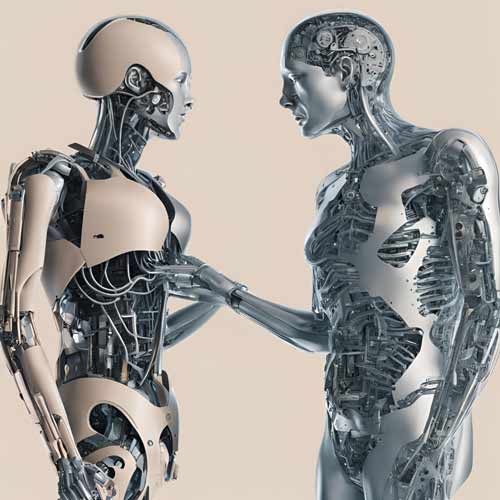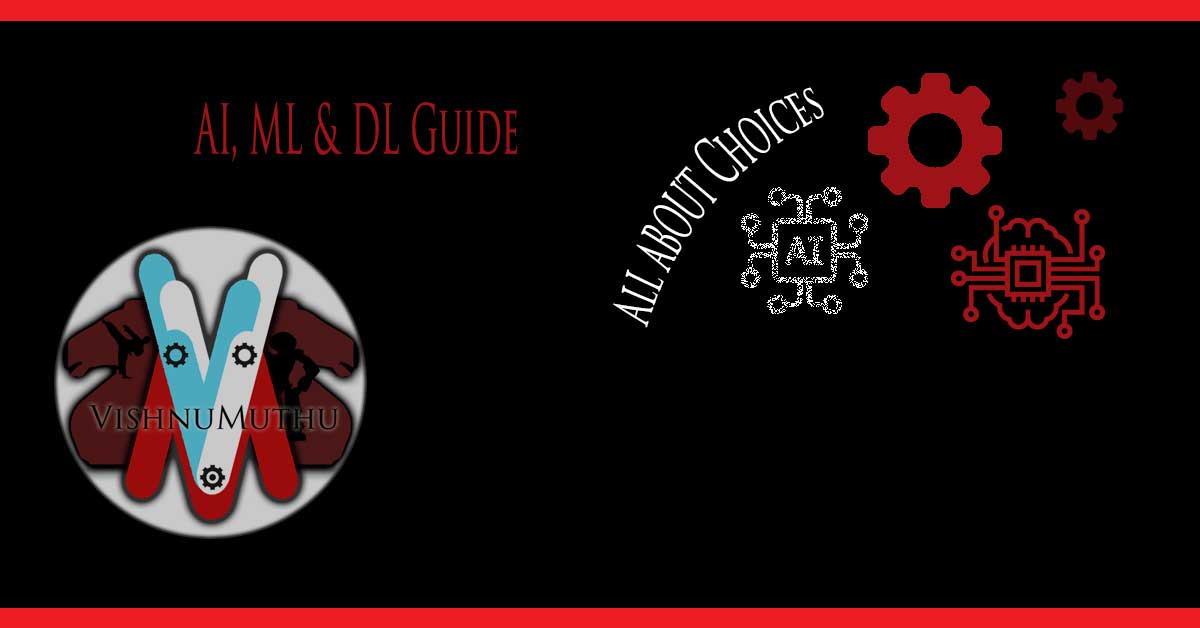What are the branches of AI
Artificial Intelligence (AI) has become an integral part of modern technology, influencing industries ranging from healthcare and finance to transportation and entertainment. At its core, AI involves the creation of systems capable of performing tasks that typically require human intelligence, such as learning, reasoning, problem-solving, and decision-making. To achieve these capabilities, AI relies on various machine learning (ML) techniques, which can be broadly classified into three major categories: Supervised Learning, Unsupervised Learning, and Reinforcement Learning. Below, provides an overview of these classifications, their types, and important algorithms that drive AI.
Supervised Learning
Supervised learning is the most widely used and well-understood form of machine learning. In this approach, the model is trained on a labeled dataset, meaning that each input comes with a corresponding output label. The goal is for the model to learn the mapping between inputs and outputs so that it can predict the output for new, unseen data.
Supervised learning can be divided into two main types:
Regression: The task of predicting a continuous value. For example, predicting house prices based on features like size, location, and number of rooms.
Classification: The task of predicting a discrete label or category. For example, classifying emails as spam or not spam.

Several key algorithms are commonly used in supervised learning:
Linear Regression: A regression algorithm that models the relationship between input variables and the output as a linear combination of the inputs. It’s often used for predicting continuous values.
Logistic Regression: Despite its name, this is a classification algorithm that models the probability of a binary outcome. It’s widely used in binary classification problems.
Decision Trees: A versatile algorithm that can be used for both regression and classification. It works by splitting the data into branches based on feature values to make predictions.
Support Vector Machines (SVM): A powerful classification algorithm that finds the optimal hyperplane to separate data into different classes. It can also be adapted for regression tasks (Support Vector Regression).
k-Nearest Neighbors (k-NN): A simple, instance-based learning algorithm that classifies data points based on the majority class of their nearest neighbors.
Neural Networks: Inspired by the human brain, neural networks consist of layers of interconnected nodes (neurons) that can learn complex patterns in data. They are the foundation for deep learning models.
Unsupervised Learning
Unsupervised learning deals with unlabeled data, meaning the algorithm is given a dataset without explicit instructions on what to do with it. The goal is for the model to find patterns, structure, or relationships in the data without prior knowledge of the outcomes.
Unsupervised learning can be divided into several categories:
Clustering: The task of grouping similar data points together based on their features. For example, grouping customers with similar purchasing behaviors for targeted marketing.
Dimensionality Reduction: The process of reducing the number of features in a dataset while retaining its essential structure. This is often used for data visualization and noise reduction.
Anomaly Detection: The task of identifying rare or unusual data points that differ significantly from the majority of the data. This is commonly used in fraud detection.
Key algorithms used in unsupervised learning include:
k-Means Clustering: A popular clustering algorithm that partitions the data into k clusters, where each data point belongs to the cluster with the nearest mean.
Hierarchical Clustering: An algorithm that builds a hierarchy of clusters either by merging small clusters into larger ones (agglomerative) or by splitting large clusters into smaller ones (divisive).
Principal Component Analysis (PCA): A dimensionality reduction technique that transforms the data into a new set of orthogonal features called principal components, which capture the most variance in the data.
t-Distributed Stochastic Neighbor Embedding (t-SNE): A nonlinear dimensionality reduction technique commonly used for visualizing high-dimensional data.
Autoencoders: A type of neural network used for unsupervised learning, particularly in dimensionality reduction and anomaly detection. They learn to compress data into a lower-dimensional representation and then reconstruct it.
Reinforcement Learning
Reinforcement Learning (RL) is a type of machine learning where an agent learns to make decisions by interacting with an environment. The agent takes actions, receives rewards or penalties, and adjusts its behavior over time to maximize cumulative rewards. Unlike supervised learning, RL does not require labeled data but relies on a feedback loop to learn from the consequences of actions.
Reinforcement learning can be broadly classified into two types:
Model-Based RL: The agent tries to build a model of the environment to predict the outcomes of actions. This approach is often more sample-efficient but can be computationally complex.
Model-Free RL: The agent directly learns the optimal policy or value function without building an explicit model of the environment. This approach is more flexible but often requires more data.
Some of the most important algorithms in reinforcement learning include:
Q-Learning: A model-free algorithm that learns the value of state-action pairs (Q-values) and uses them to determine the optimal action to take in each state. It’s a foundational algorithm in RL.
Deep Q-Networks (DQN): An extension of Q-learning that uses deep neural networks to approximate Q-values, enabling RL in complex environments like video games.
Policy Gradient Methods: A class of algorithms that directly optimize the policy (a mapping from states to actions) rather than the value function. These methods are particularly useful in environments with continuous action spaces.
Proximal Policy Optimization (PPO): A popular policy gradient method that balances exploration and exploitation by optimizing a clipped objective function. PPO is widely used in modern RL applications.
Actor-Critic Methods: These methods combine policy-based and value-based approaches by maintaining both a policy (actor) and a value function (critic). The actor updates the policy based on the critic’s feedback.
Artificial Intelligence, through its major classifications of Supervised Learning, Unsupervised Learning, and Reinforcement Learning, offers a diverse set of tools and techniques to tackle a wide range of problems. Each category has its strengths, applications, and challenges, making it essential to choose the right approach based on the problem at hand. As AI continues to evolve, these learning paradigms will likely see further innovations, leading to even more powerful and versatile algorithms that can address increasingly complex tasks. Understanding these foundational concepts is crucial for anyone looking to delve into the world of AI and leverage its potential across various domains.



Leave a Reply